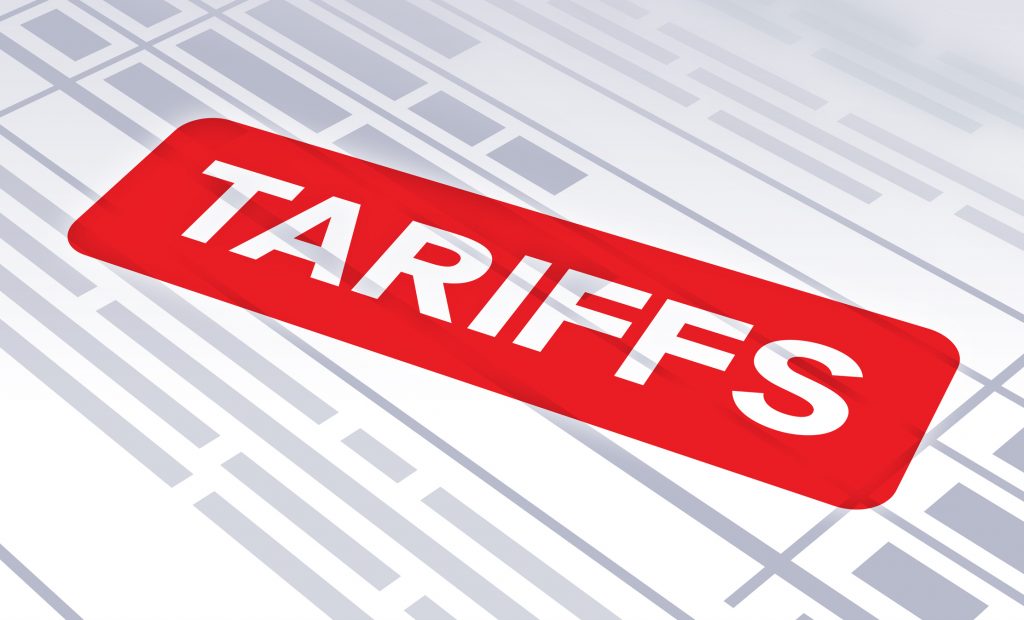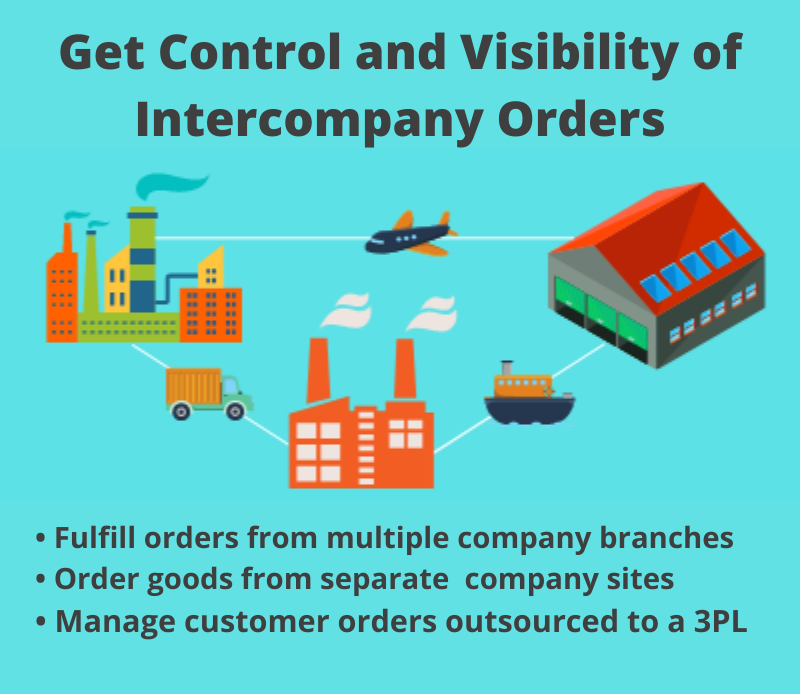 by Don Lindsey
by Don Lindsey
Tariffs are one of the most frequently used tools in international trade policy, shaping the flow of goods and services across borders. By imposing charges or regulations on imports and exports, governments can influence domestic markets, protect local industries, and manage economic relationships with other nations. While the concept of a tariff may seem straightforward, there are multiple forms it can take—each serving a specific purpose in balancing trade interests, revenue generation, and global competitiveness. Understanding the seven different types of tariffs is crucial for comprehending how trade policies operate in practice and their impact on businesses, consumers, and economies alike.
Import Tariffs are taxes on goods brought into a country; they are designed to raise the prices of foreign products and protect domestic industries from external competition.
Specific Tariffs set a fixed fee per unit of imported goods, providing predictable costs. Commonly applied to raw materials; unaffected by the product’s value.
Ad valorem tariffs are calculated as a percentage of the imported item’s value, maintaining proportionality with price changes. They are typically used for finished goods and luxury products.
Compound Tariffs combine a fixed fee and a percentage of value. Offering protection for both quantity and price fluctuations. These are useful for versatile tariff structures.
Export Tariffs are Taxes on goods leaving a country; they are implemented to control exports and safeguard domestic resource availability. Export tariffs are much less common than import tariffs.
Reciprocal Tariffs set rates to match those imposed by trading partners, often used for negotiation, retaliation, or to secure fair trade practices.
Non-tariff barriers include quotas, licenses, or content rules that regulate trade volume or entry, without direct taxes, thereby impacting supply chains and market access.
In summary, tariffs come in various forms—ranging from straightforward import duties to more complex structures like compound tariffs or regulatory approaches such as non-tariff barriers. Each type reflects a strategic choice by governments, whether to raise revenue, protect domestic industries, negotiate with trading partners, or regulate economic resources. By recognizing the distinctions among these tariff categories, policymakers, businesses, and consumers can better anticipate the effects of these tariffs on trade dynamics and the broader global economy.
Don Lindsey, CFPIM, CIRM, is a knowledgeable Implementation Project Manager, Trainer, and Business Analyst. He has been an implementation manager on several large, complex ERP projects and has worked with ERP systems since 2007 in Manufacturing, Systems Management, Service & Support, and Finance. Don has a diversified background in various manufacturing industries, from Medical to Electronics to Industrial to Consumer Products. He has spoken for many years at the APICS Conferences, having taught in the APIC Certification program at California State University at Fullerton for over 20 years.




